Magical Surfaces: The Uncanny in Contemporary Photography // Parasol Unit, London
by Kostas Prapoglou
Magical Surfaces: The Uncanny in Contemporary Photography is the new exhibition at Parasol Unit Foundation For Contemporary Art, featuring the works of seven photographers belonging to two different generations. Stephen Shore and Joel Sternfeld were both born in the 1940s whereas Jörg Sasse, Elger Esser, Sonja Braas, David Claerbout and Julie Monaco were all born between the 1960s and 70s.
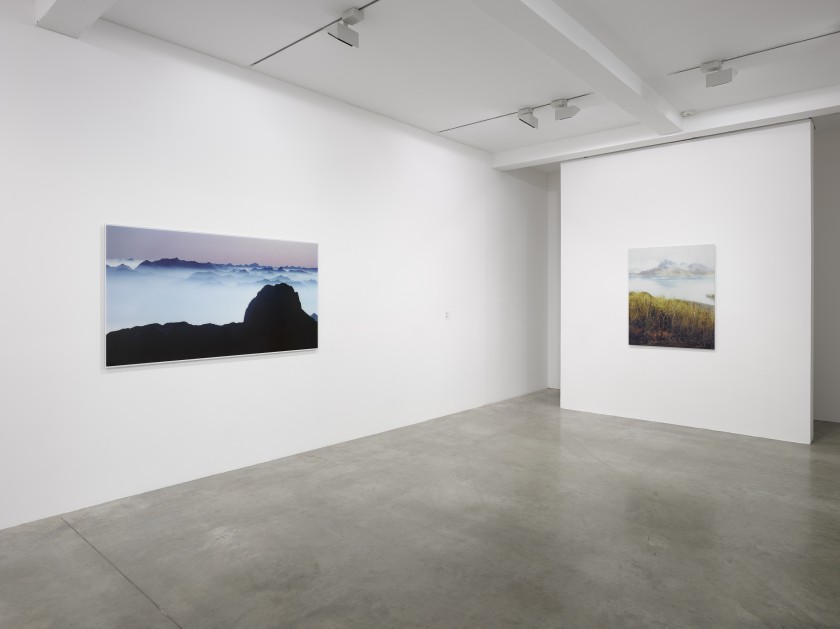
Curated by Parasol Unit Founder/Director Ziba Ardalan, the exhibition receives its inspiration from ‘The Uncanny’, an essay by Freud written in 1919, which was based on previous philosophical and psychological explorations by influential thinkers such as German philosopher Friedrich Wilhelm Joseph Schelling (1775-1854). This text elucidates the hypostasis of events once known to the subconscious mind and now introduced to conscious reality through undefined and uncategorized processes, it is this that triggers emotions of uncertainty and unease. These unsettling occurrences correspond to the ambiguous interpretation of the works on view, as they are balancing esoteric assessments and outer influences.
The exhibition literature highlights the importance of Vilém Flusser’s work, Towards a Philosophy of Photography (1983), in the construction of the conceptual narrative of the show. According to Vilém, the magical properties of photographs mediate a compact source of information emerging through its impact on the viewer’s psyche. The process of decoding each image brings the viewer closer to a state of consciousness, rediscovering aspects of reality imbued within concealed emotions.
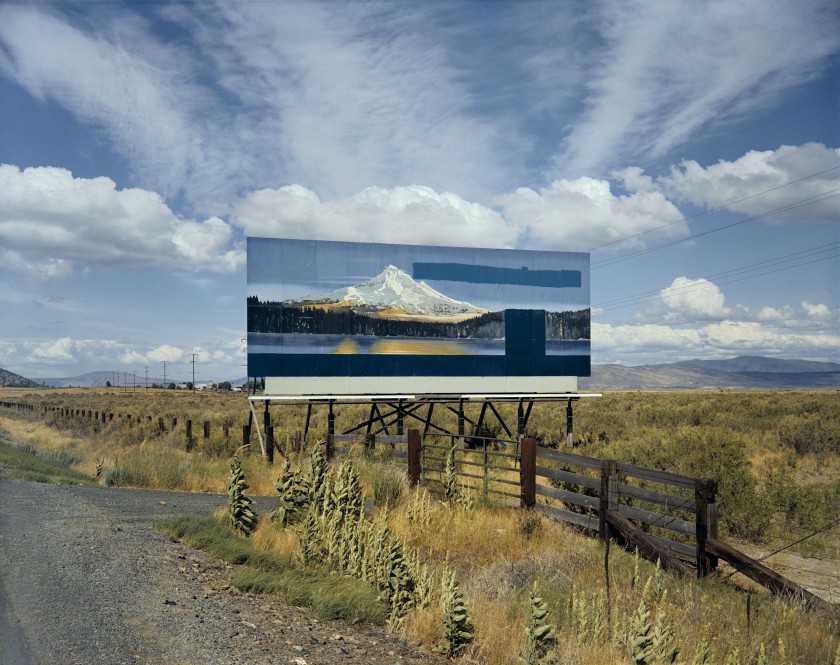
Using Kodachrome film and 35-mm cameras back in the 1970s, both Stephen Shore and Joel Sternfeld travelled independently across the United States, capturing images and pronouncing the character of their time as well as the uniqueness of each chosen locus. Always taking into consideration the vital role of the landscape, both photographers place emphasis on aspects of the quotidian and the mundane while simultaneously transmitting an eerie and spectral quintessence challenging the viewer’s perception of reality.
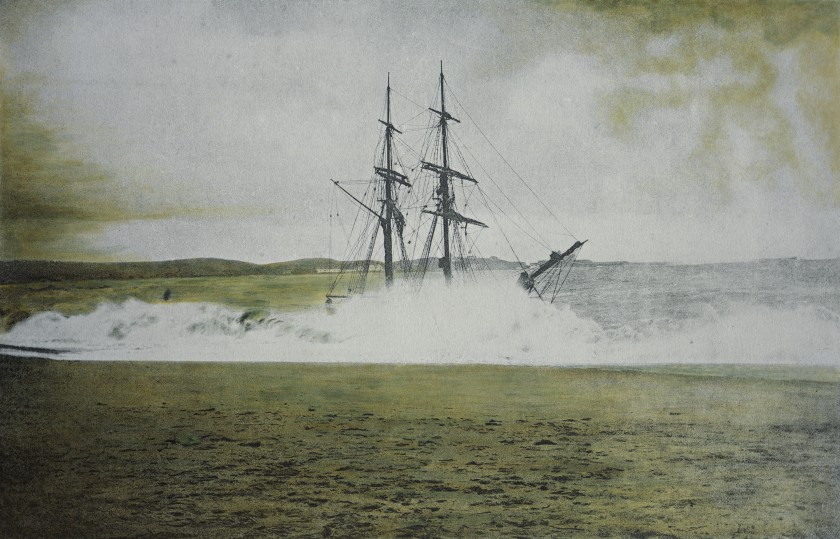
Jörg Sasse’s images embrace notions of presence and absence through realistic narratives. While Elger Esser, a fellow student of Sasse’s at Kunstakademie in Düsseldorf, conveys ideas of time and memory by utilizing a specific visual vocabulary which enhances his selected topographies with a sepia tone and a warm, antique feeling.
On the other hand, Sonja Braas puts the viewer’s eye to the test through her distinctive constructions of artificial habitats and landscapes, which she masterfully employs as settings for her photographs. Firestorm from the Quite of Dissolution series (2008), Foroes #1 (2002) and You Are Here #5 (1999) are superb examples of her fascination with natural phenomena, diverse terrains and the presence of human intervention.
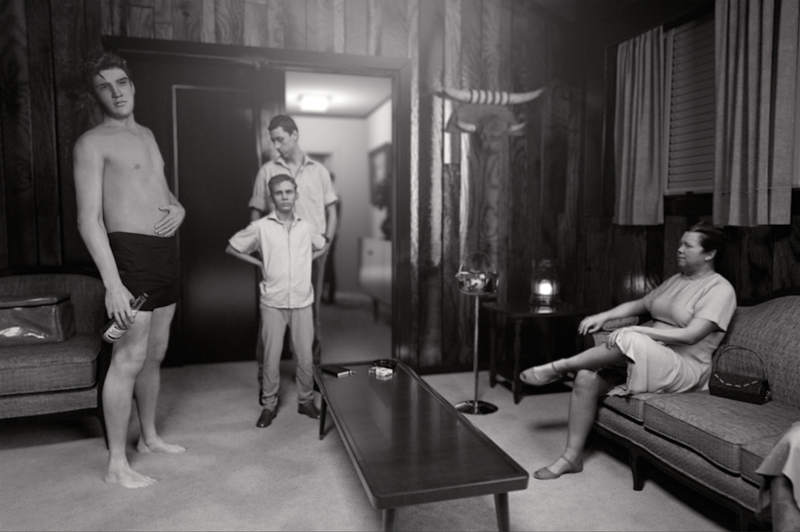
David Claerbout’s works on view focus’ more directly on a human occurrence with a playful approach. In KING (2015-2016), named after Alfred Wertheimer’s 1956 picture of a young Elvis Presley, a single channel 10-minute silent HD animation on video projection, the artist reconstructs a 1950s image featuring singer Elvis Presley, captured during an unexpected and unusual moment. Claerbout also presents another, more surreal, single channel HD video projection, entitled Highway Wreck (suite), 2013-2016, and a photograph zoomed in on a famous person’s back for which the viewer is free to guess who it belongs to (Elvis’ Back, 2016).
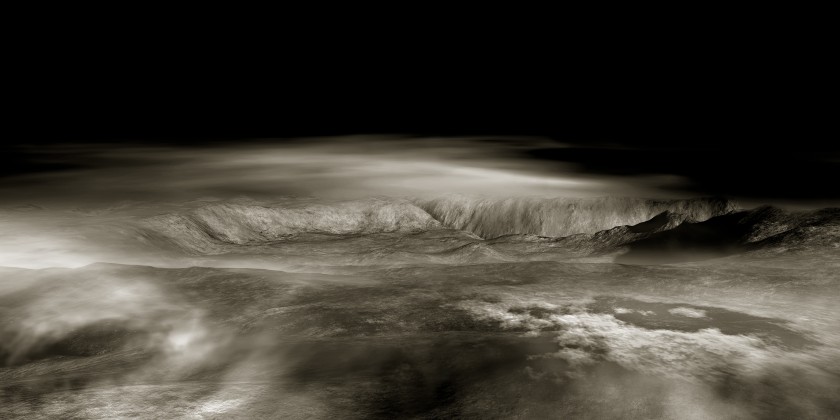
Julie Monaco’s practice involves fractal algorithmic software that renders hyperreal environments inspired by natural phenomena. What appears to be extraordinary images of dramatic weather conditions are actually the product of painstaking computer processing. MC_01/05 (2006) and cs_02/4 (2005) are fascinating samples of Monaco’s modus operandi fabricating a bird’s eye view of stunning landscapes and cloudscapes. Magical Surfaces is a journey through the metaphors of life and human existence, a survey of emotions and experiences as they gradually unfold throughout our personal and interpersonal trajectories. With deep respect towards the developing and transitioning idiosyncrasy of the viewer, each photographer demonstrates their own universe of creative practice, a diverse lexicon of imagery that stimulates our memory, emotions and desires.
Magical Surfaces: The Uncanny in Contemporary Photography at Parasol Unit London runs through June 19, 2016.